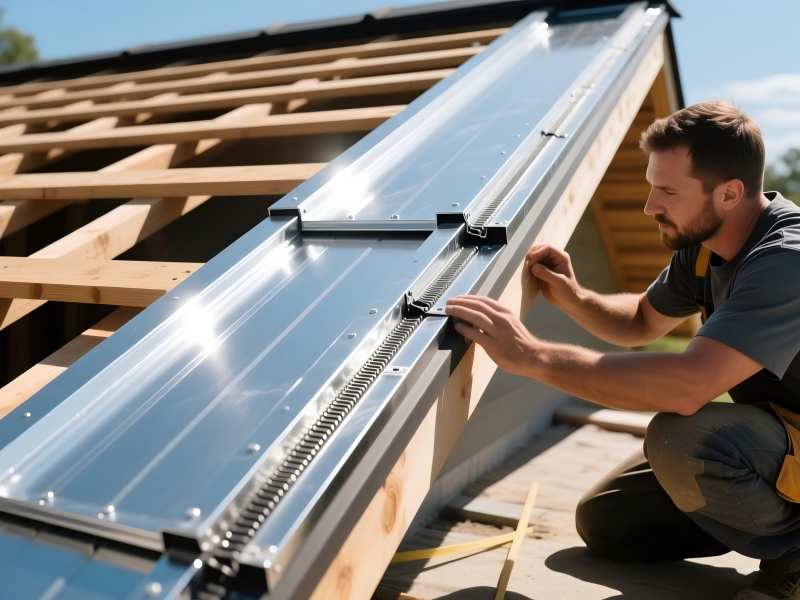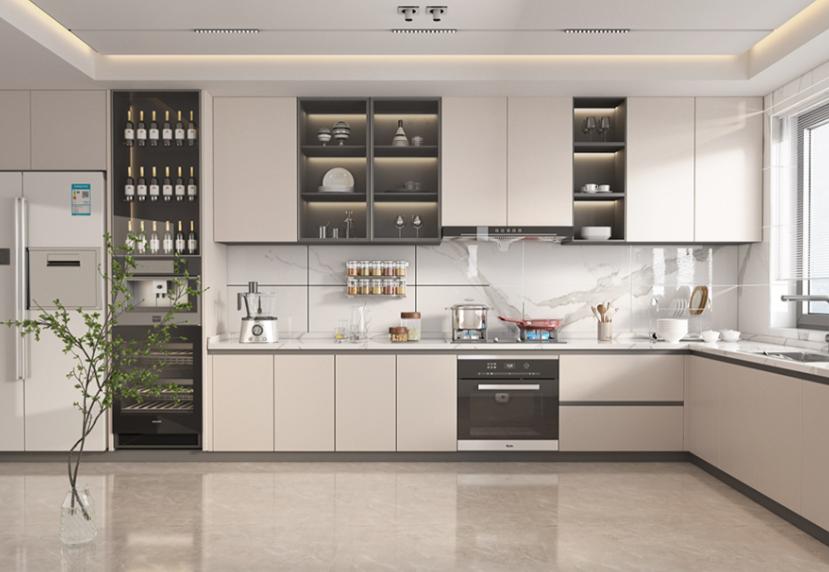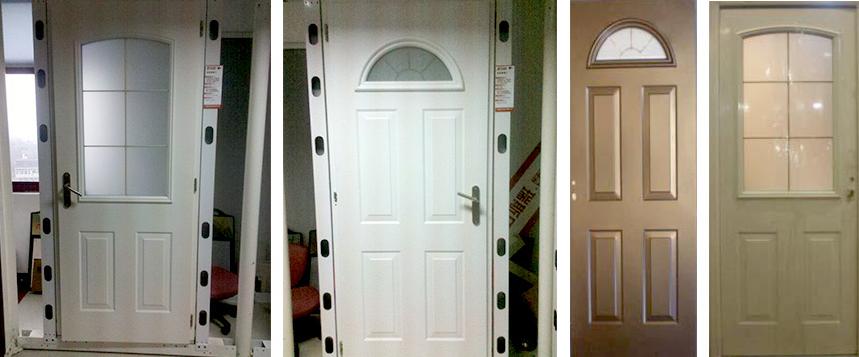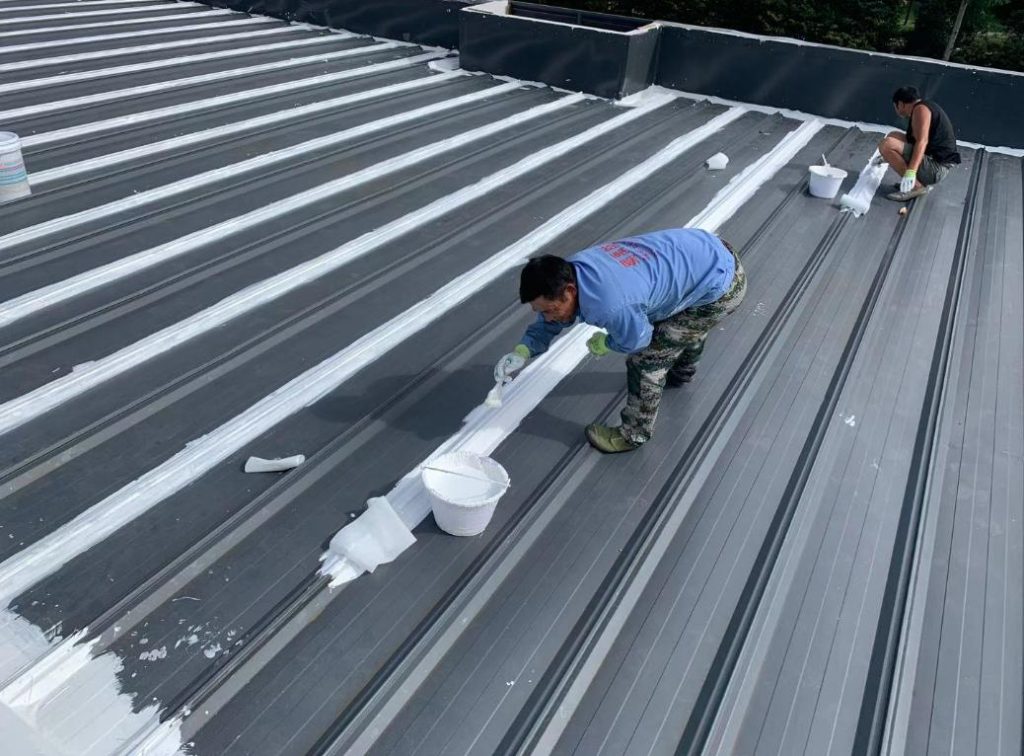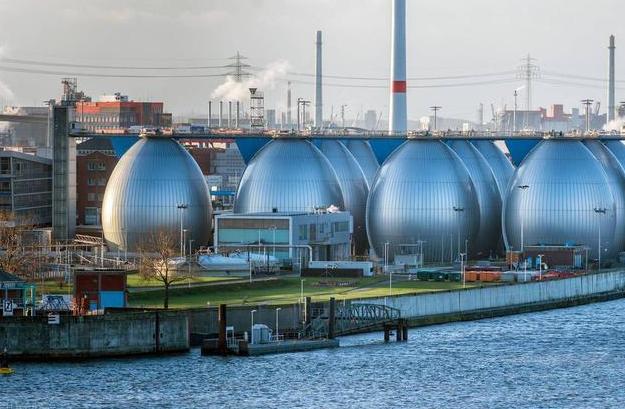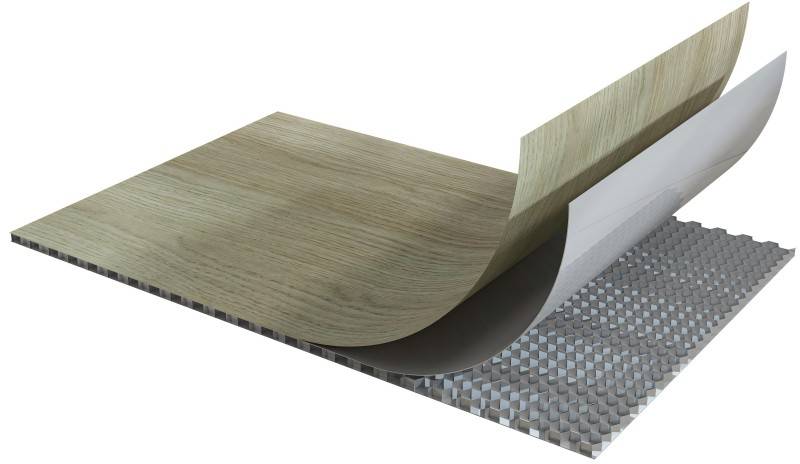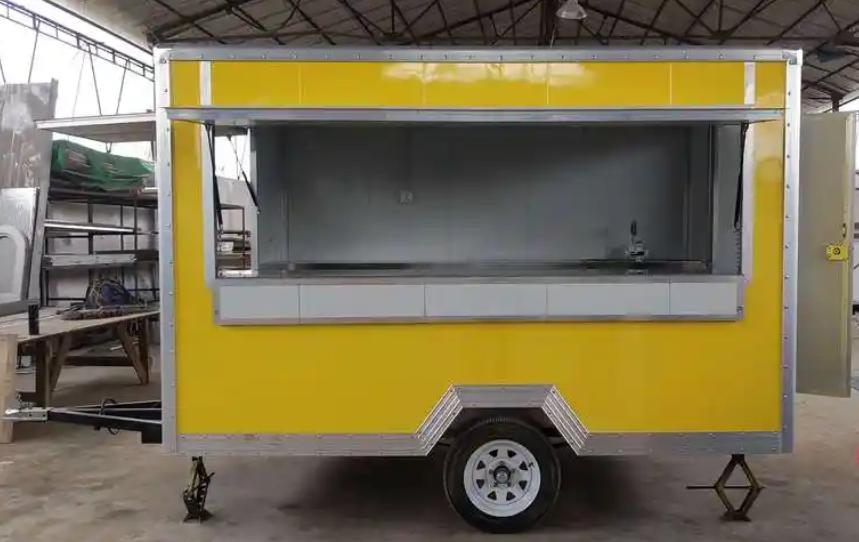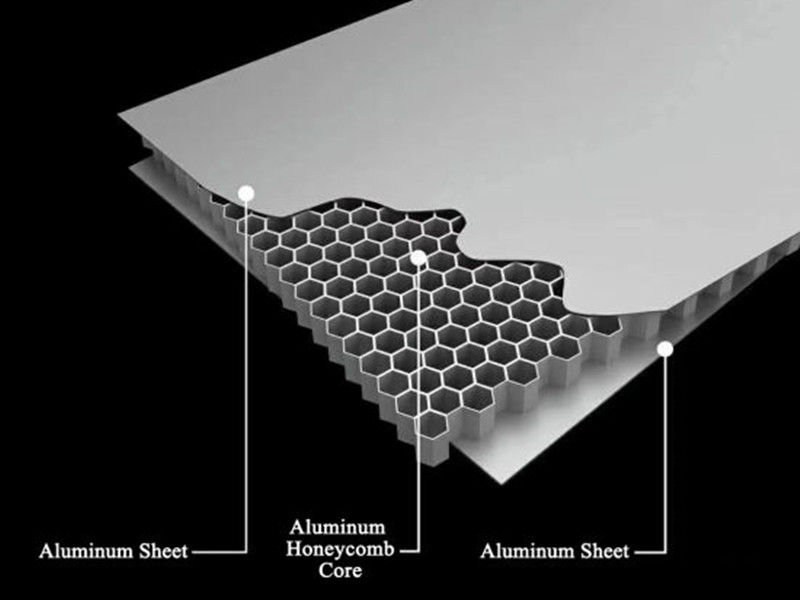Aluminum Sheet 5052 stands as a cornerstone in the realm of materials, celebrated for its exceptional qualities in diverse applications. Within the 5052 alloy family, two key tempers, H32 and H34, emerge with distinct characteristics that play a pivotal role in shaping their applications. In this comprehensive comparative analysis, we embark on a journey to unravel the intricacies of 5052 H32 and 5052 H34, shedding light on their shared attributes and key differences. As we navigate through the mechanical nuances, formability factors, and real-world applications, the aim is to empower decision-makers with the knowledge needed to choose the right temper for their specific project requirements.
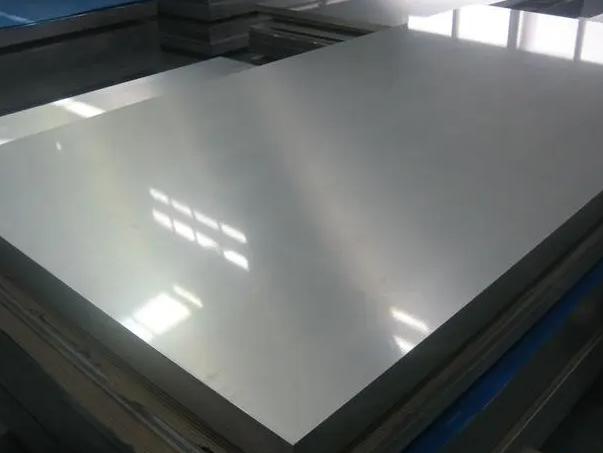
Similarities of 5052 H32 and 5052 H34 Aluminum Sheets
5052 H32 and 5052 H34 are two temper designations for aluminum alloy 5052. Despite having some differences in mechanical properties, they share several similarities, making them both popular choices in various applications. Here are the key similarities of 5052 H32 and 5052 H34 aluminum sheets:
- Chemical Composition:
Both H32 and H34 tempers are primarily composed of aluminum alloy 5052. This composition provides a solid foundation for their mechanical and corrosion-resistant properties.
- Corrosion Resistance:
One of the notable similarities is their excellent corrosion resistance. Both H32 and H34 exhibit a high resistance to corrosion, making them suitable for applications in environments with exposure to moisture and other corrosive elements.
- Weldability:
Both tempers are highly weldable. Their weldability allows for various fabrication processes, providing flexibility in manufacturing and construction applications.
- Recyclability:
Both 5052 H32 and 5052 H34 aluminum sheets are environmentally friendly due to their recyclability. Recycling these alloys doesn’t compromise their fundamental properties, contributing to sustainable practices.
These shared characteristics make 5052 H32 and 5052 H34 aluminum sheets versatile materials for a range of industries, including construction, marine, automotive, and general manufacturing. Understanding these similarities is essential when considering which temper is most suitable for specific applications based on other distinguishing factors like mechanical properties and formability.
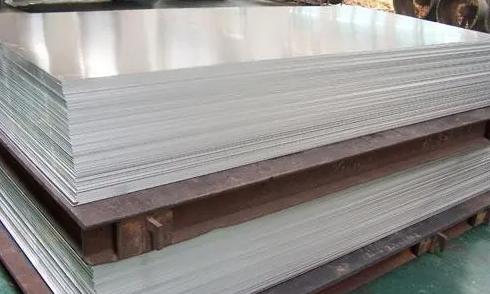
Key Differences of 5052 H32 vs 5052 H34 Aluminum Sheets
The key differences between 5052 H32 and 5052 H34 aluminum sheets lie in their mechanical properties, tempering processes, and specific applications. Here are the primary distinctions:
1. Mechanical Properties:
- Tensile Strength: 5052 H34 generally has higher tensile strength compared to 5052 H32. H34 undergoes a more extensive cold working process, resulting in increased strength.
- Yield Strength: Similar to tensile strength, 5052 H34 typically exhibits higher yield strength than 5052 H32.
- Elongation: 5052 H32 tends to have higher elongation values, indicating better formability. H34, due to its increased strength, may have slightly lower elongation.
2. Hardness and Tempering:
The designations “H32” and “H34” refer to the tempering processes applied to the aluminum sheets.
- H32 (Quarter Hard): This temper is strain-hardened and stabilized, providing good formability while maintaining a certain level of strength.
- H34 (Stabilized): This temper involves a higher degree of strain hardening, resulting in increased strength and hardness compared to H32.
3. Formability:
- 5052 H32: Known for its excellent formability, making it suitable for applications where shaping and bending are critical, such as in construction and architectural uses.
- 5052 H34: While still formable, it may be less malleable than H32 due to its higher level of strain hardening. It is often chosen for applications requiring increased strength and resistance.
4. Machinability:
Both tempers are generally considered to have good machinability. However, due to the increased hardness of H34, it may present some challenges in certain machining processes compared to H32.
5. Applications:
- 5052 H32: Commonly used in applications where formability and ease of fabrication are crucial, such as in building panels, automotive components, and general sheet metal work.
- 5052 H34: Preferred in applications requiring higher strength and resistance to environmental factors, making it suitable for marine components, shipbuilding, and other demanding environments.
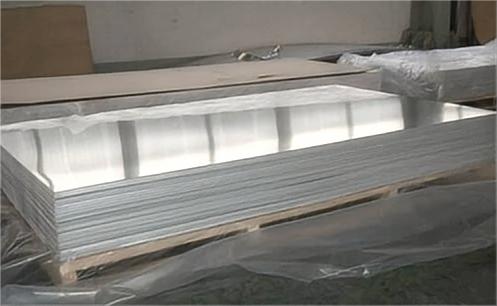
The following table summarizes the key distinctions between 5052 H32 and 5052 H34 aluminum sheets in various properties and applications.
| Properties | 5052 H32 | 5052 H34 |
| Tensile Strength | Lower | Higher |
| Yield Strength | Lower | Higher |
| Elongation | Higher (better formability) | Slightly Lower |
| Hardness | Moderate | Higher |
| Tempering Process | Strain-hardened and stabilized | More extensive strain hardening |
| Formability | Excellent | Good, but less than H32 |
| Machinability | Generally good | Good, but may present some challenges |
| Applications | Building panels, automotive components, general sheet metal work | Marine components, shipbuilding, applications requiring higher strength and resistance |
Understanding these key differences allows engineers and manufacturers to choose the most appropriate temper for specific applications based on the desired combination of mechanical properties and performance characteristics.
How to Choose the Right Material between 5052 H32 and 5052 H34 Aluminum Sheets?
As a supplier of high-quality aluminum sheets, we understand that choosing the right temper of 5052 aluminum is crucial to your project’s success. While both 5052 H32 and 5052 H34 belong to the 5052 aluminum alloy family and offer excellent corrosion resistance and mechanical performance, each temper has unique characteristics that make it more suitable for specific applications. Here are some tips to help procurement teams and engineers make an informed choice.
1. Understand Your Project Requirements
Before selecting a temper, clearly define your project’s requirements. Ask questions like:
- Will the material be used in structural or decorative components?
- Are strength, flexibility, or corrosion resistance the top priority?
- Will the material undergo extensive forming or bending?
Having a clear understanding of your needs will allow you to match the aluminum temper to the functional demands of your project. As a supplier, we advise that these considerations are the foundation of your decision.
2. Compare Mechanical Properties
The primary difference between H32 and H34 lies in their mechanical strength:
| Property | 5052 H32 | 5052 H34 |
| Tensile Strength | Moderate | Higher |
| Yield Strength | Moderate | Higher |
| Elongation | Better | Slightly lower |
- When to choose H32: Ideal for applications where moderate strength is sufficient but higher ductility and flexibility are required.
- When to choose H34: Recommended for applications requiring maximum strength within the 5052 alloy series, such as structural components subjected to higher loads.
3. Assess Formability Needs
Formability is a critical factor if your project involves bending, stamping, or complex shaping.
H32 is slightly softer and more malleable, making it easier to form into intricate shapes without cracking.
H34 is slightly harder due to additional work hardening, which may limit extreme forming but enhances rigidity and strength.
As a supplier, we often advise customers planning extensive forming processes to consider H32 to minimize the risk of material fatigue or deformation during manufacturing.
4. Consider Environmental Conditions
Environmental exposure can significantly impact material performance:
Both H32 and H34 offer excellent corrosion resistance, but H34’s higher strength makes it better suited for harsher environments, including marine or coastal applications where both corrosion resistance and structural integrity are critical.
H32 performs well in moderate environments and is often chosen for internal components, decorative panels, or light-duty marine structures.
5. Review Machinability
Machinability can influence production efficiency and cost:
H32 tends to be slightly easier to machine due to its moderate hardness, which can reduce tool wear and improve processing speed.
H34, while harder, still maintains good machinability but may require minor adjustments to machining parameters.
Suppliers can assist by recommending compatible cutting tools and processing conditions to optimize machining efficiency for each temper.
6. Analyze Cost Implications
While H34 may offer higher strength and slightly better environmental performance, it often comes at a higher cost compared to H32. Procurement teams should evaluate:
- Does the increase in mechanical strength justify the extra cost?
- Will choosing H34 reduce risks in long-term use, potentially saving maintenance or replacement costs?
A balanced cost-performance analysis is essential for optimal material selection.
7. Consult Experts and Trusted Suppliers
Selecting the right aluminum sheet is not only about comparing numbers on a datasheet. A reliable supplier can provide:
- Technical guidance on which temper best fits your application.
- Information on availability and lead times for specific sheet sizes.
- Support for custom processing, such as cutting, bending, or finishing, tailored to your project needs.
Engaging with experienced suppliers ensures that your material choice aligns with both technical requirements and project timelines.
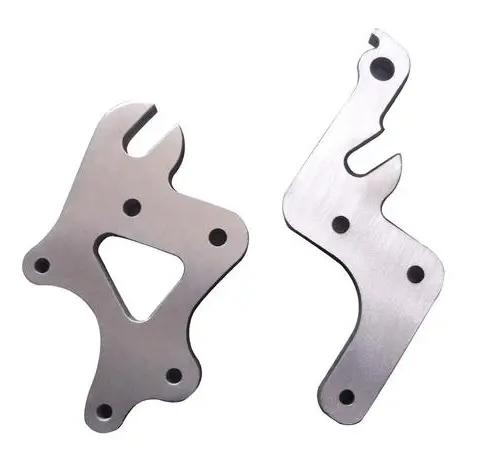
Conclusion
In the realm of aluminum alloys, the comparative analysis between 5052 H32 and 5052 H34 has revealed a nuanced landscape of properties and applications. As we conclude this exploration, it becomes evident that the choice between these tempers is not merely a technical decision but a strategic one, aligning the material characteristics with the demands of the project at hand.
For those embarking on endeavors where precision, strength, and corrosion resistance are paramount, 5052 H32 emerges as a stalwart choice. Conversely, in marine applications where resilience against harsh environmental conditions is crucial, 5052 H34 stands resilient.
In making this decision, access to quality materials becomes paramount. Therefore, we recommend partnering with a reputable 5052 aluminum sheet supplier. The right supplier ensures that the chosen alloy not only meets industry standards but exceeds expectations in performance and reliability. So, whether it’s for construction, marine engineering, or any other application, choosing a reliable 5052 aluminum sheet supplier is the final key to unlocking the full potential of these versatile alloys.








